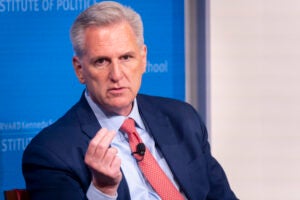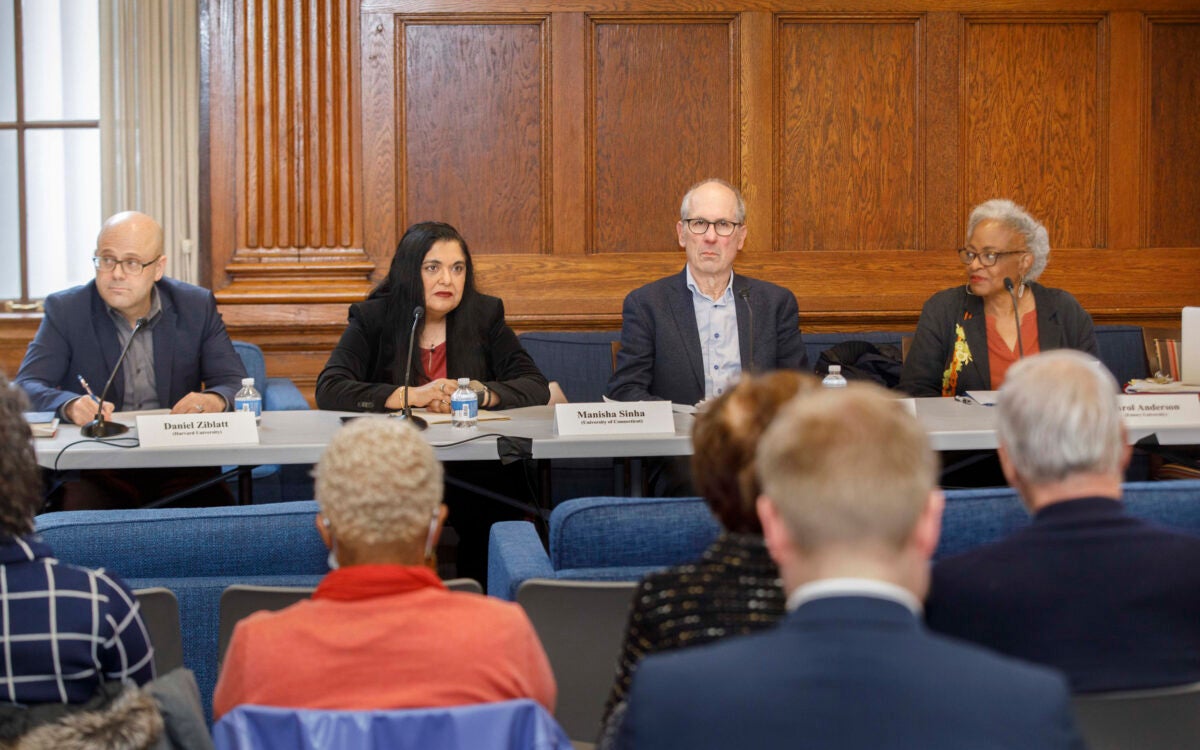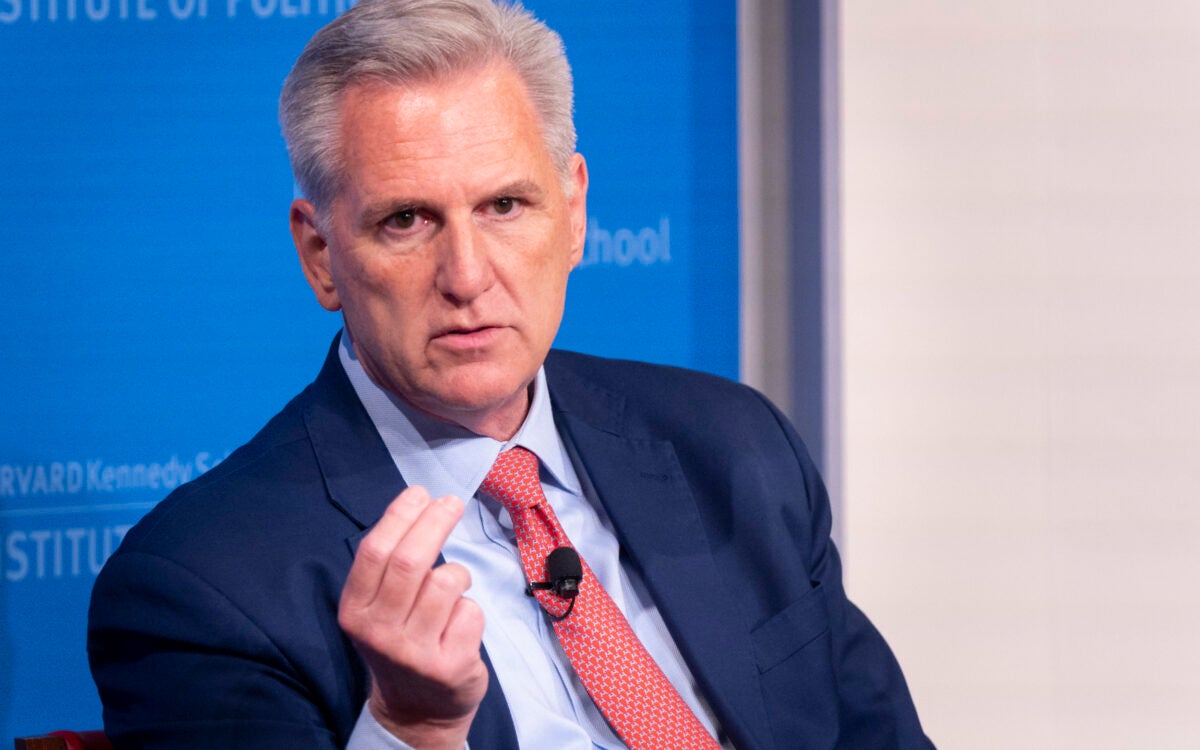Slowing the work treadmill
To aid creativity and achieve more, try doing less, HBS professor says
Teresa Amabile compares much of work life to running on a treadmill. People constantly try to keep up with the demands of meetings, email, interruptions, deadlines, and the never-ending need to be more productive and creative. Yet on many days they seem to make no progress at all, especially in creative endeavors.
“Many companies are running much too lean right now in terms of the number of employees,” said Amabile, the Edsel Bryant Ford Professor of Business Administration and a director of research at Harvard Business School. So the treadmill speeds up, compelling time-strapped employees to do ever more with less.
Instead, it often would be better to do less, said Amabile. The single most important thing managers can do to enhance workplace creativity is “protecting at least 30 to 60 minutes each day for yourself and your people that’s devoted to quiet reflection,” she said.
Amabile has spent the last 35 years researching life inside organizations and how it influences employees and their performance (what Amabile describes as “inner work life”). Her research has spanned individual creativity and productivity, team creativity, and organizational innovation. Much of her work is included in her 2011 book “The Progress Principle: Using Small Wins to Ignite Joy, Engagement, and Creativity at Work,” co-written with Steven Kramer, Amabile’s husband.
During an interview, Amabile discussed how the ever-accelerating treadmill lessens creativity. “In the short term, people become less engaged in their work if their creativity isn’t supported,” she said. “They will also be less productive because they often can’t focus on their most important work. In the long term, companies may lose their most talented employees, as well as losing out because they won’t have the innovative products, innovative services, and business models that they need to be competitive.”
Instead, said Amabile, companies should unleash creativity by taking people off that treadmill.
“Managers and employees need to work together to constantly prioritize, to figure out what is truly important, what they can forget about, and what can they push to the back burner in order to reduce time pressure. My colleague here at HBS, Leslie Perlow, found that, in a department of harried engineers, it was powerful to simply declare ‘quiet time’ in the morning, three days a week: no meetings with or phone calls to colleagues, no interruptions, no expecting immediate responses to emails. People were way more productive. They also felt less stressed and more satisfied with their work.”
Amabile described a time-pressured employee “who moved to the room where the boxes were stored and stayed there for the entire day, really getting into a flow state” of uninterrupted creativity. However achieved, immersion is vital.
Managers, Amabile reminded, should be removing obstacles to creative work, especially in times of deadline pressure when uninterrupted immersion is critical. She offered the example of “one team that had a limited time frame to solve a problem with $145 million at stake. What the managers did was to clear the decks for that team, to get people off the treadmill. You have to basically stop that treadmill. Sometimes, that means physically separating” people from distractions like telephones and email.
Managers also should provide employees with meaningfulness and a sense of progress, Amabile said. Her research has said that the latter (“The Progress Principle”) is the biggest catalyst for creative work. Yet most managers don’t understand how important “small wins” are to an employee’s intrinsic motivation. “We know from our research with employees that ‘making progress in meaningful work’ was the No. 1 day-to-day motivator, and by a huge margin. Managers are really unaware of how important it is for them to facilitate progress every day, and to clear away obstacle to progress,” said Amabile.
To work creatively, people “have to feel like they’re on a mission. They have to understand why it’s important to get it done now; otherwise, it’s like a death march. Meaningfulness is important, as is understanding the urgency, buying into it, and being able to focus.” Managers can support these factors, thereby nurturing employees’ intrinsic motivation when time pressure is unavoidable.
If intrinsic motivation is so important to creativity, are extrinsic motivators (higher pay, promotion, and recognition) irrelevant? Amabile said that supporting intrinsic motivation “doesn’t mean that extrinsic motivators need to be absent. Most of us operate under a combination of intrinsic and extrinsic motivation in the creative work we do. It’s also important to make a living for what we do, to get recognition for what we do. What matters is that intrinsic motivation be stronger than extrinsic.”
Simply put, Amabile contends that individuals who can get off the treadmill when creativity is needed, and managers and companies who support them in doing so, will attain higher levels of success.




